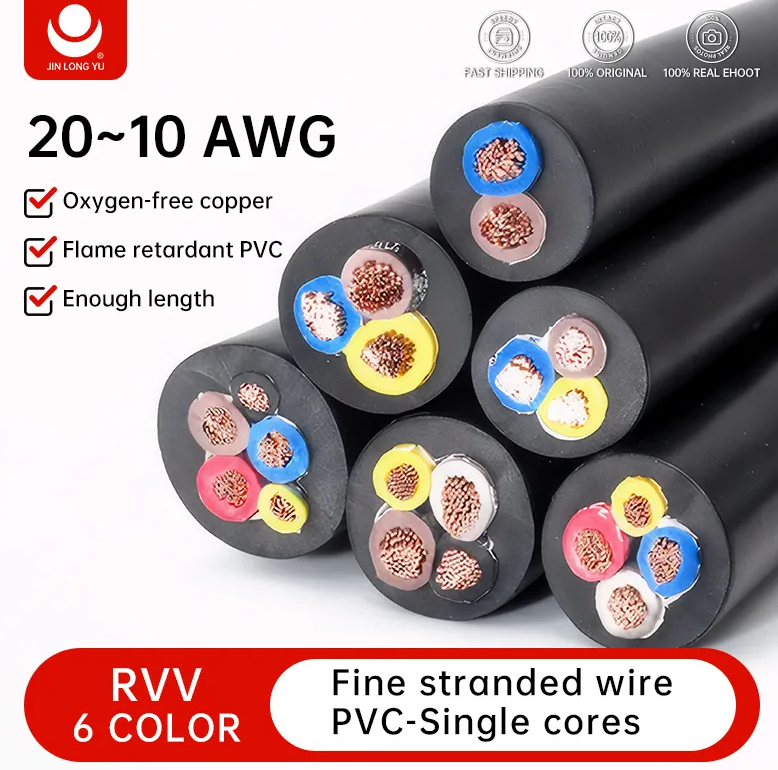Control cables are essential in modern automation systems as they provide the connectivity framework that links different components and facilitates communication. The increased use of automation technologies in various industries makes it imperative to understand the importance of control cables. In this blog, we will discuss the functions, classifications, benefits and features of control cables used in automation systems.
The first thing to analyze is the contribution of control cables in the automation systems. Their primary responsibility is to carry power and signals to devices which guarantee smooth operations and functionalities. In an automated setup, control cables enable real time communication between sensors, actuators and control units. This enables time and energy efficient automated systems which are fundamental in modern competitive environments.
Furthermore, specific types of control cables serve different applications and environments. For example, shielded control cables with reduced electromagnetic interferences are suitable for sensitive workloads in industrial environments. Flexible control cables are equally important to static control cables for cyclic movements. Having adequate knowledge of automation system requirements makes it easier to choose the suitable type of control cables thereby ensuring improved performance and durability.
Control Cable’s Contribution to Safety
The control cables offer a unique comprehension society’s safety problems. In any professional environment operating, Healt h, Safety, Environment (HSE) rules must be followed. When regard control cables, there are those which are rated for the worst working conditions including high temperatures, chemicals, and physical strain. There are control cables which are trustworthy. These assist all industries in management of threat liability whether in equipment damage or in insurance rash claim matters and gives controlled occupation environment to the workers.
In addition, the control cables on smart automation systems is a fact that is mandated by time. Due to the nature of things where new technology IoT and Industry 4.0 came with features such as remote monitoring and predictive maintenance, control cables took the further step of adapting as well. These are new technologies which increases work output and also provides the firm heel data from which they can poor save and improve productivity.
To summarize, control cables are of utmost priority automation systems. As communication upholds industry operation and any element essential for safe factory work, deserves the full imagining. Whatever the industrial development need be for persisting control cables, they must not forget the essence in a firm. The industries need to educate themselves on processes, who unconditionally preserve any control cable, for optimised performance.

